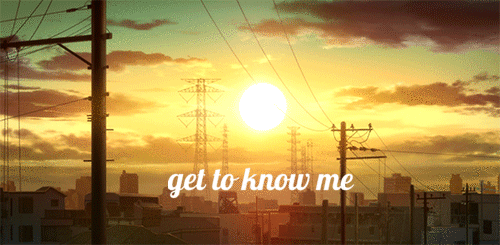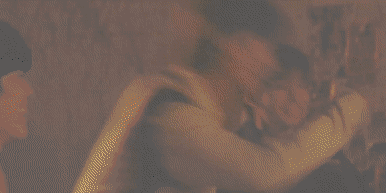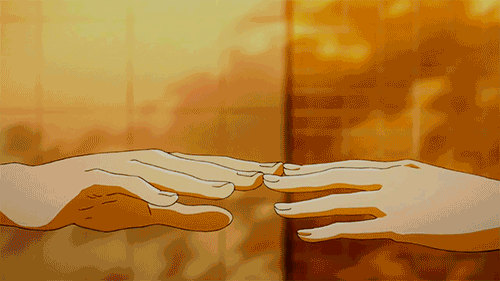Photo

Reflection
Media and Information Literacy taught me that media is everywhere and we use media in our day to day life. I learned that MIL is way broader as it means. It is not just an essential skill that individuals engage with media and other information providers but as well as it improves our critical thinking skills to become productive and socialize citizens. MIL is a process and a dynamic experience where we are exposed to media and information that changes our perspective and knowledge as it serves as a continuous learning process. MIL should also be for all we have the freedom to express our views and opinions. Also, information should always be transparent and understandable to every citizen because if it is not individuals may misunderstand and can bring harm to ourselves and the community. Throughout the subject MIL, I've learned about the different types of media, how media evolves through the years, and the importance of it in our lives. As media become more influential, we should always be careful of what we post and see on the internet.
1 note
·
View note
Photo




Media and Information Sources
INDIGENOUS MEDIA is the origin of information created by a local or native group of people. It is the source of our culture and others. It is a means by which culture is preserved, handed down, and adapted. It also refers to the content of indigenous people that may be distributed through unique forms of communication such as social gatherings, festivals, records, and others that spread knowledge about each other's culture. Another information source is through LIBRARIES and the INTERNET. There are four types of libraries, the academic library that serves colleges and universities, public library that assists cities and towns, special libraries for the specialized environment such as museums and hospitals, and lastly, the school library where we found at school. The most used media source is the internet whereas, it is a global computer network providing a variety of information.
Media and Information Languages
Media languages refer to codes, conventions, formats, and symbols that indicate the meaning of media messages to an audience. Codes are systems of signs that create a purpose when put together. There are three types of codes, technical codes that include camera shots, angles, sound, and lighting. Symbolic codes cover language, dress, or actions of characters, and iconic symbols that are easily understood. Whereas, written codes is the use of language style and textual layout such as headlines, speech bubbles, and captions.
0 notes
Text

Types of Media
There are two types of media, TRADITIONAL and NEW Media. The books, newspapers, comics we read, the different films we watch in the cinema, and the news we hear on the radio or the television are part of traditional media. It covers the media way before the invention of the internet. New media or known as digital media is the most used channel of information because of the internet. Almost everybody uses their smartphones or tablets to search for information on different social media platforms. The purpose of new media is to create, process, and transmit knowledge more efficiently. Thus, people are using it as part of their daily lives.

Current and Future Trends of Media and Information
As time goes by, things change, people change and grow up. As well as media, every year, new inventions are made to satisfy the needs of people and make it easier for them in their daily lives. Massive open online courses are for anyone with an internet connection to help you with your education or studies. New inventions are way too astounding. A simple watch where you check the time can also act as a smartphone and check your health. Films that you feel you are part of it by the use of devices such as 3D glasses. Games also evolve from computers, PlayStations to Xbox, Wii, augmented reality, and VR are there for the purpose to entertain people.
1 note
·
View note
Text
C̶Y̶B̶E̶R̶ ̶B̶U̶L̶L̶Y̶I̶N̶G̶

IT NEEDS TO STOP!!!!
People all around the world use social media 24/7, be it kids, teenagers, students, parents, and adults. Thus, the increasing rate of cyberbullying is inevitable. Nowadays, people who are bullying behind the screen are more aggressive and fearless because they can hide behind those accounts. Not knowing the people they threatened are more likely to experience loneliness, depression, and anxiety. Bullying will never makes you a cool one. It will just take a tremendous toll on the mental health of other people. STOP CYBERBULLYING BEFORE ITS TOO LATE, before it goes back onto you. Treat people the way you want to be treated. BE A FRIEND, NOT A BYSTANDER. It’s time to let bullies know their behavior is unacceptable. If you can’t stop the bully, at least try to help the victim and report the behavior.
2 notes
·
View notes
Text

Evolution of Media
An infographic showing the timeline on how MEDIA evolved through the years.
Before the 1700s, people started to learn how to begin a fire and made tools using stones. Their only means of communication is through cave paintings and hieroglyphics written on papyrus. After some time, the industrial age has come. People are now using printed materials such as the newspaper wherein the London Gazette is the oldest surviving English newspaper. They also use a typewriter, a telephone, and a telegraph as a means of communication. During the 1930s-1980s, the electronic age, new inventions are made into convenience. Transistor radios, television, and computers were invented so that long-distance communication became more efficient. After some time, media were upgraded and evolved. Within the information age, websites have were established and the sudden rise of social media platforms. It was to help people to communicate faster and efficiently. Now I’m curious about what media would be like in the future.
2 notes
·
View notes
Text
Media and Information Literacy

What is Media?
Newspaper?
Television?
Magazines?
Books?
Bill boards?
Films?
the Internet?
We cannot live without communication. Communication implies a two-way process of conveying information, feelings, and ideas. To have effective communication, a series of actions should be complete in the communication process.
The SMCR model of communication consists of The SENDER, MESSAGE, CHANNEL and the RECEIVER.
In Shannon and Weaver model of communication, noise is evident in between the channel.Noise is an unwanted signals, random or deterministic, which interfere conversations. Also feedback is important to know if the message was effective.
Mass media and mass communication are design to reach larger audiences. Mass media are tools to disseminate a piece of information to a massive audience through media outlets such as spreading print media to readers. Mass communication is a process to disseminate information towards large numbers of people, examples are meetings and speeches.
Media is everywhere. You can find the media in various forms such as television, radio, magazines, newspapers, and now on the Internet. We are all connected to Media almost every day. It helps us throughout our daily lives. Thus, we cannot live and successfully communicate without media.
2 notes
·
View notes
Photo



Get to know me better
Hi! my name is Angelica Leigh Alas, you can call me angel/gel for short. I am already 18 years old. I’m a grade 12 STEM senior high school student at the University of Perpetual Help System Dalta - Molino Campus. I use she/her pronouns. I am the type of person who is usually shy in front of others though I’m a cooperative, flexible, patient, and respectful kind of person when I work with others. My dream is to become a Medical Technologist or a Civil engineer.
likes
listening to kpop & ballads
watching korean dramas/movies & anime
reading au/webtoon/manga
mystery/thriller genre
coffee
cats (I have 6 cats ^^)
editing
collecting useless stuffs :>
my friends <3
dislikes
toxicity
heights
horror
being anxious
7 notes
·
View notes